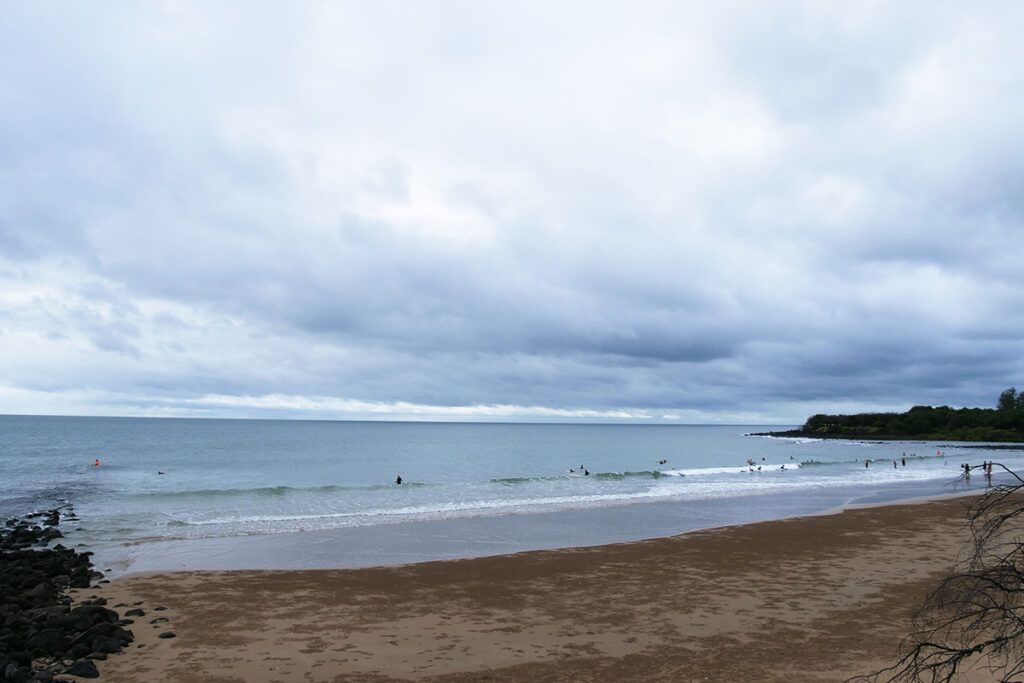
The coldest, hottest and wettest days in Bundaberg for 2021 have been released by the Bureau of Meteorology, as Australia records the coolest year in nearly a decade.
The coldest morning recorded at the Bundaberg Airport weather station last year was on 10 June, where the minimum air temperature dropped to just 3.1 degrees, before warming up 18.2 degrees.
The day with the coolest maximum temperature for 2021 was recorded on 21 July were the mercury only hit 18.1 degrees during the 24-hour period.
The community sweltered through the beginning of last year, as the hottest day was recorded on 22 February with the temperature reaching 38.6 degrees, which was 7.7 degrees above the monthly mean of 30.9 degrees.
For the whole year 932mm of rain fell at the Bundaberg Airport weather station.
The wettest day on record for 2021 was recorded on 26 November with 114mm captured, and a total of 406.2mm for the month of November.
According to the Bureau of Meteorology’s Annual Climate Statement, last year was Australia's coolest year in nearly a decade.
By the end of 2021 – and for the first time in five years – no large parts of the country were experiencing rainfall deficits and drought conditions.
The statement is the official summary and contextual information regarding temperatures, rainfall and significant weather for the 2021 calendar year.
Bureau of Meteorology Senior Climatologist Dr Simon Grainger said the rainfall during 2021 was a welcome relief.
“After three years of drought from 2017 to 2019, above average rainfall last year resulted in a welcome recharge of our water storages but also some significant flooding to eastern Australia,” he said.
“Queensland rainfall in 2021 was 8 per cent above average overall.
“It was the wettest year since 2011, it was also the coolest year for Queensland since 2012.”
Dr Grainger said for the Wide Bay Region, 2021 was mostly dry until November when more than double the monthly average rainfall was recorded.
In 2021, Australia's mean temperature was 0.56 degrees above the 1961 to 1990 climate reference period.
It was the 19th warmest year since national records began in 1910, but also the coolest year since 2012.
Despite the cooling impacts of the negative Indian Ocean Dipole, a period of warmer than usual ocean temperatures in the western Indian ocean, and La Niña, a period of cooling of the central and eastern tropical Pacific Ocean, 2021 was warmer than average (calculated in relation to the 1961 to 1990 climate reference period) and warmer than historical La Niña years.
Rainfall was 9 per cent above the 1961 to 1990 average, making 2021 the wettest year since 2016, with November the wettest on record.
A full report on Australia's weather and climate of 2021 will be released in February.




